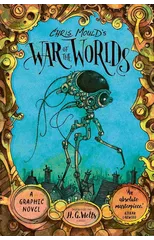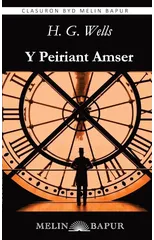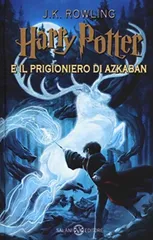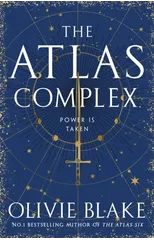Science fiction author H. G. Wells wrote a book titled The Food of the Gods and How It Came to Earth. In Book I, two new characters are introduced: Professor Redwood, who becomes interested in ""Growth"" after analysing response times, and Mr. Bensington, a research chemist with a focus on ""the More Toxic Alkaloids."" After a year of investigation and experimentation, he discovers how to produce what he initially refers to as ""the Food of the Gods"" but eventually refers to as Herakleophorbia IV. The material is given to kids, who then balloon to huge sizes. Albert Edward Caddles, Mrs. Skinner's grandson, is described in Book II as becoming into a symbol of ""the arrival of Bigness in the world."" Wells uses the opportunity to parody the Church of England clergy and the conservative rural nobility while illustrating life in a poor tiny community. Caddles, the protagonist, decides to see the world rather than spend his life working in a chalk pit. The relationship between the nameless princess and the young giant Redwood is sensitively depicted in Book III's epilogue. Just as Caterham undertakes a campaign to subdue the giants, their romance begins to flourish. The planet is on the edge of a protracted conflict between the ""small people"" and the Children of the Food as the book comes to an end.
H.G. Wells
H.G. Wells was a prolific English writer best known for his science fiction novels. His most notable works include "The War of the Worlds," "The Time Machine," and "The Invisible Man." Wells' writing style was characterized by his imaginative storytelling, social commentary, and exploration of scientific concepts. He is often credited with popularizing the science fiction genre and influencing future writers in the field. "The War of the Worlds" remains his most famous work, depicting a Martian invasion of Earth and exploring themes of imperialism and the resilience of humanity. Wells' contributions to literature have had a lasting impact on the genre of science fiction and continue to be celebrated to this day.










